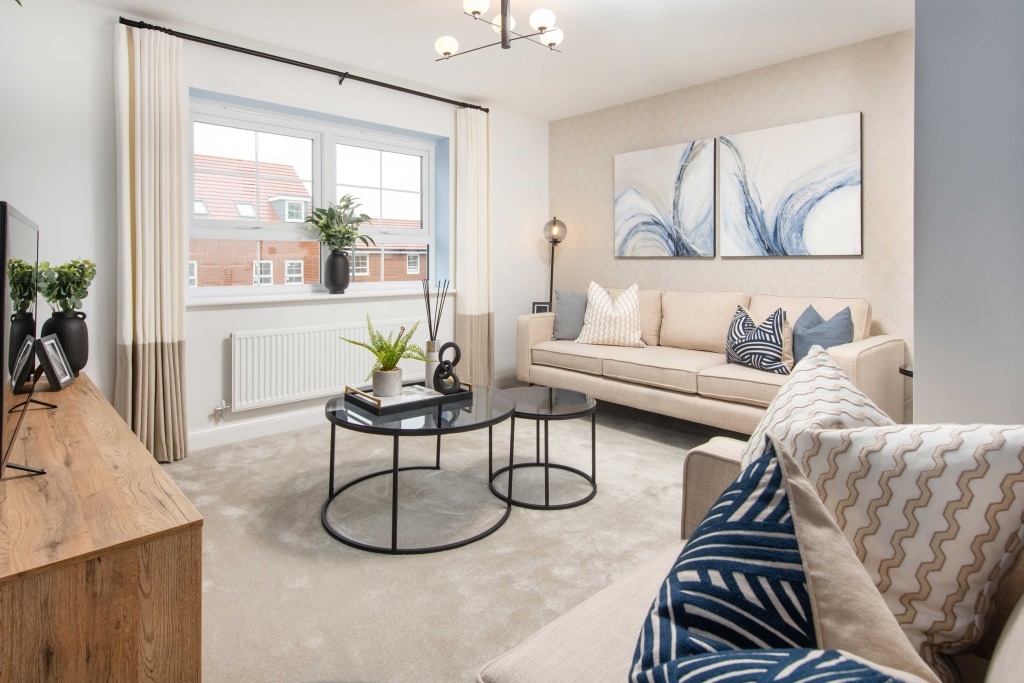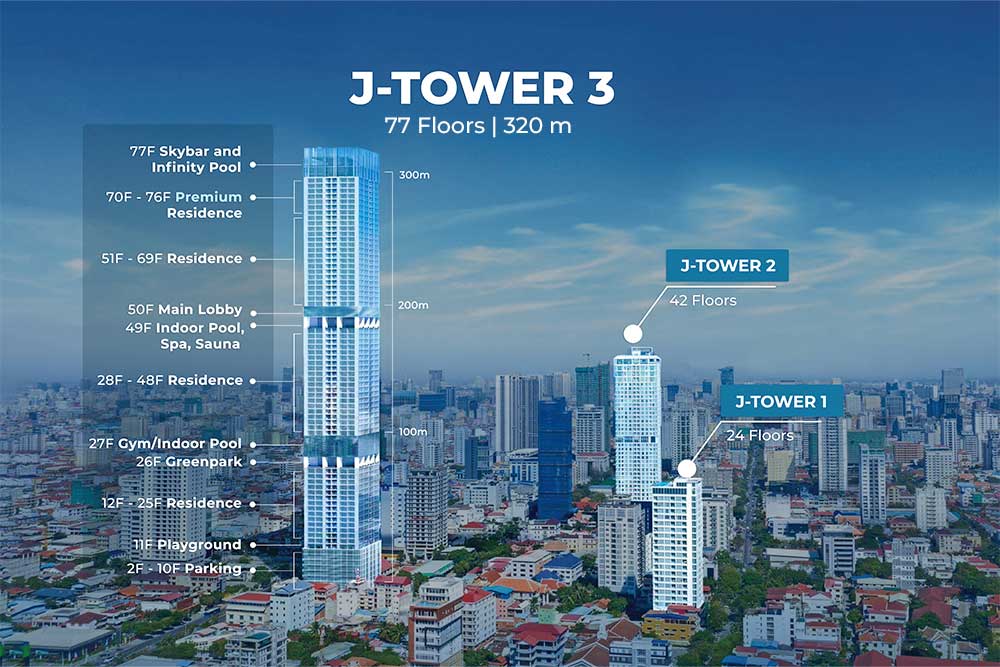
Get Your Free 1st Issue
Your Homes Overseas Magazine!
Discover the best destinations, property tips, and lifestyle insights from around the world.
GET YOUR FREE MAGAZINE HERE!

Discover the best destinations, property tips, and lifestyle insights from around the world.
GET YOUR FREE MAGAZINE HERE!

Many people want to know the cost of living in the Philippines. They look it up because they dream of retiring, working, or starting a new life here. The Philippines is warm, friendly, and full of beaches. It sounds like a perfect place to live.
However, before moving, it is smart to learn what daily life costs. You need to know about rent, food, and even fun. At International Property Alerts, we help people like you understand living abroad. We make it easy to see if the cost of living in the Philippines fits your budget and your plans.
Many people ask about the cost of living in the Philippines. But they also want to know what makes this country so special. So, here’s a simple country guide in the Philippines that shows why so many love to live here.
All these reasons show why people move here. They find that the cost of living in the Philippines fits well with a happy, relaxed life. As a result, this makes the country a top choice for many who want a new home.

Many people think about the cost of living in the Philippines before moving. That is to say, housing is often the biggest part of the budget, so it’s smart to plan for it by exploring our properties.
Manila is the busiest city in the country. Many want to live close to malls, offices, and schools. But it costs more. A small apartment in the center can be around ₱36,000 each month. A nicer condo may go up to ₱50,000. So, if you pick a place outside the center, it drops to about ₱20,000. This is a big part of the average cost of living in the Philippines.
Cebu is a lively city too. It has beaches and many shops. But it is cheaper than Manila. A one-bedroom in the city center is about ₱22,500. A condo with more space could be ₱30,000. Therefore, if you stay outside the main city, rent goes down to ₱15,000. This helps people ask, how much is the cost of living in the Philippines, and see if their money can stretch more here.
In smaller places like Dumaguete or Iloilo, rent is much lower. You can get a simple house for ₱10,000 a month. A bigger home with a yard may cost around ₱15,000. Therefore, many choose these towns to cut down their cost of living in the Philippines.
Apartments are small and good for singles or couples. Condos often have pools and guards. They cost more but give comfort. Houses give you more room and space for kids or pets. If you look at real estate in the Philippines, you’ll see many choices. In simple terms, you just pick what fits your life best.
Rent takes a big part of your monthly cash. If you pick wisely, you can save and enjoy life more. In short, the right home and our services will help make your stay in the Philippines fun and easy.
Many wonder how monthly bills affect the cost of living in the Philippines. Knowing these costs helps you plan better and worry less.
Electricity is the biggest utility cost here. If you have an aircon, you pay more. Most people pay around ₱6,000 each month for power, water, and garbage. This price is for a normal-size home. So, if you use more aircon, your bill can go up to ₱7,500 in hot months. That is a large part of what is the cost of living in the Philippines.
Water is not too costly. Many people pay about ₱300 to ₱500 each month. This covers showers, washing dishes, and laundry. Also, if you live alone, your bill might be even lower. This small cost helps keep down the cost of living in the Philippines.
The internet is important for work and fun. A home plan with 50 to 60 Mbps speed costs about ₱1,500. Faster plans can reach ₱2,500. Mobile plans are also fair. You might pay ₱600 for calls and data. Heavy users pay up to ₱1,500 each month.
When you look at the cost of living in the Philippines, don’t forget these bills. They may seem small alone but add up together. In addition, knowing this helps you plan smartly and live well without surprises. It also gives a clear view of what is the cost of living in the Philippines each month. Choose wisely, and you’ll enjoy life here even more.
Food costs make up a big part of the cost of living in the Philippines. So, knowing these prices helps you plan and enjoy life without stress—especially if you’re considering international property as part of your move.
They are the cheapest way to buy food. For instance, you can get fresh rice for ₱45 to ₱60 a kilo. Chicken costs about ₱130 to ₱200 a kilo. Eggs are around ₱70 to ₱100 for a dozen. Veggies can be as low as ₱30 a kilo. Therefore, this is why many people shop here. It keeps the average cost of living in the Philippines low.
Supermarkets cost more but are easy. For example, you pay ₱90 to ₱140 for a liter of milk. A loaf of bread is around ₱70 to ₱170. Instant noodles are ₱10 to ₱15 each. That is to say, buying at these stores is fast, though it adds to the cost of living in the Philippines.
Eating at small carinderias saves money. In short, a meal costs only ₱50 to ₱100. You get rice, meat, or fish. It tastes homemade. So, this helps a lot if you wonder how much is the minimum cost of living in the Philippines. Eating this way daily keeps costs down.
Going out to a nice place is more costly. A dinner for two costs about ₱850 to ₱1,685. A soda is ₱55. A fancy coffee is ₱186. This makes life fun, but it raises the cost of living in the Philippines if you do it often.
Food costs change based on how you live. Shop at local markets and eat at small diners to save. Treat yourself sometimes. This keeps your money safe while enjoying the cost of living in the Philippines and tasting all its great food.
Transport is a key part of the cost of living in the Philippines. Therefore, knowing what rides cost helps you plan your budget and daily trips better.
Jeepneys are the cheapest rides. They cost only ₱10 to ₱20 per trip. Buses are also low-cost. A short ride in the city is ₱15 to ₱30. Longer trips on bigger buses can go up to ₱200. So, this makes jeepneys and buses the best choice if you want to lower the cost of living in the Philippines.
Tricycles are common in towns. A short trip is ₱10 to ₱50. Further trips can be up to ₱200. In cities, motorcycle taxis like Angkas charge around ₱20 to ₱50 for a quick ride. In short, they are fast in heavy traffic, though using them daily still adds up.
Manila’s MRT and LRT trains help beat traffic. A single ticket is ₱15 to ₱55. Many workers buy monthly passes, which cost about ₱600 to ₱1,200. So, this keeps costs steady and low. It helps a lot when asking how much is the cost of living in the Philippines.
Taxis start at ₱40. Each extra kilometer costs around ₱24. Grab rides begin at ₱45, plus ₱15 per kilometer. A short Grab ride often costs ₱150 to ₱300. Therefore, taking these daily can quickly raise the cost of living in the Philippines.
If you use jeepneys, buses, or trains most days, you might spend about ₱1,800 a month. If you use Grab or taxis often, it can reach ₱5,000. So, what is the cost of living in the Philippines for getting around? To clarify, it really depends on how you travel each day.
Use jeepneys or trains for daily trips to save. On the other hand, try taxis or Grab when you want comfort. Picking wisely keeps the cost of living in the Philippines low and still lets you enjoy easy, safe rides.
Health care is a big part of the cost of living in the Philippines. So, knowing what doctor visits and insurance cost helps you plan and feel safe.
They are cheap. A normal doctor check-up is about ₱500 to ₱1,500. Also, staying one night costs around ₱2,500 to ₱3,500. You pay less, but lines are long. You might also buy your own medicine.
Private hospitals and clinics cost more but are quick and clean. A check-up can be ₱2,000 to ₱5,000. Staying one night might be ₱5,000 to ₱20,000. If you need ICU care, it can reach ₱30,000 a night. This makes the cost of living in the Philippines go up fast if you get sick.
PhilHealth is a public health plan. It costs around ₱400 a month. It pays part of bills at both public and private places. But the help is small. As a result, many people buy private insurance too.
Local HMO or expat plans can be ₱10,000 to ₱60,000 each year. That’s around ₱850 to ₱5,000 each month. Big global plans for expats cost about ₱21,000 a month. Therefore, these plans cover more, and you don’t pay cash up front. Insurance makes a huge difference in the cost of living in the Philippines when you need care.
If you want to keep the cost of living in the Philippines low, use PhilHealth and public hospitals. But if you like quick care with nice rooms, get private insurance. It saves you from big bills and helps you stay healthy without worry.
Fun and hobbies add to the cost of living in the Philippines. Therefore, knowing real prices helps you plan your money better so you can still enjoy life.
Let’s see common things people spend on each month:
Eating out is fun but raises the cost of living in the Philippines. So, here’s what to expect:
Many ask how much is the minimum cost of living in the Philippines if you still want fun. The truth is, you can keep it low by enjoying:
So, if you pick simple joys like local meals, a basic gym, and free outdoor fun, you might spend only ₱3,000 to ₱5,000 a month extra. But if you like dinners, clubs, and fancy coffee often, your cost of living in the Philippines might rise by ₱10,000 to ₱15,000 each month. How much you spend depends on how you live—and smart choices keep life fun and still budget-friendly.

Many people wonder if the cost of living in the Philippines is really worth it. Therefore, knowing what you get for your money helps you decide.
The Philippines offers sunny days, pretty beaches, and friendly faces. You get all that without spending too much. The average cost of living in the Philippines is lower than in most Western countries. This means you can enjoy more fun with less money.
Life here is simple if you want it to be. Local meals, jeepneys, and small apartments save you cash. But you can also pick nicer things. Private gyms, fancy dinners, and air-conditioned condos cost more. You choose your style. Even then, the cost of living in the Philippines stays fair.
So yes, it is worth it for many. You live with less stress and still enjoy trips, meals, and good health care. Just plan your budget. This way, you get a happy life without spending all your savings.
The cost of living in the Philippines is often lower than in many other places. You get sunny days, kind people, and tasty food. This means you enjoy life more without spending too much.
Still, plan well. Your lifestyle choices change your budget a lot. If you want more help, contact us at International Property Alerts. We can guide you and answer your questions. This way, you feel sure and happy about your move.
People dream of retiring, working, or starting fresh in the Philippines. Therefore, knowing the cost of living in the Philippines helps them see if it fits their money plans. It’s smart to learn costs first so you can live happy and stress-free.
The Philippines has warm weather, pretty beaches, and friendly people. Also, most locals speak English, so it’s easy to talk and make friends. All this, plus low daily costs, makes life simple and fun.
Housing is the biggest cost for many who move here. You pay more in Manila and Cebu, but smaller towns are cheaper. So, picking wisely helps keep the average cost of living in the Philippines low.
Local food and jeepneys are cheap, so you save a lot. Fancy restaurants, taxis, and bars cost more if you do them often. So, this means your lifestyle choices really change the cost of living in the Philippines.
Yes, for many people it is. You enjoy sunny days, tasty food, and a slower, happy life without spending too much. Just plan your budget well, and you’ll find it’s worth every peso.
About International Property Alerts
International Property Alerts is a premier global platform connecting real estate investors with handpicked opportunities in emerging and lifestyle-driven markets. Through curated listings, expert guidance, and market insights, we help buyers make confident property decisions worldwide.
Media Contact:

Phone: +4477 1923 8132
📱 WhatsApp: +63927 073 9530
Email: office@internationalpropertyalerts.com

Elle Resort & Beach Club offers a rare chance to own property in one of the most desirable coastal locations. With limited units, strong capital growth potential, and unmatched resort facilities, this is your opportunity to secure a beachfront lifestyle with long-term value.

Thinking about buying property abroad? Don’t make the move without the right knowledge. Our Free Buyers Guide gives you essential insights on legal steps, taxes, financing, and the best markets worldwide. Trusted by international buyers and investors.

Wake up to bright, spacious living with stunning views and modern comforts. Whether for family living, retirement, or a stylish retreat, Sudara Residences makes your dream home a reality

Discover curated property listings with IPS—residential, commercial, villas, land—and get expert guidance through every step.
BONUS: FREE Cambodia Buyer’s Guide

High visibility. Targeted audience. Maximum exposure. Rent this space and let your brand shine.

Get your properties in front of high-intent investors. Showcase your listings to buyers worldwide.

From pounds to pesos, yen to dollars. ⚡ Quick. Easy. Secure.
Compare listings
ComparePlease enter your username or email address. You will receive a link to create a new password via email.